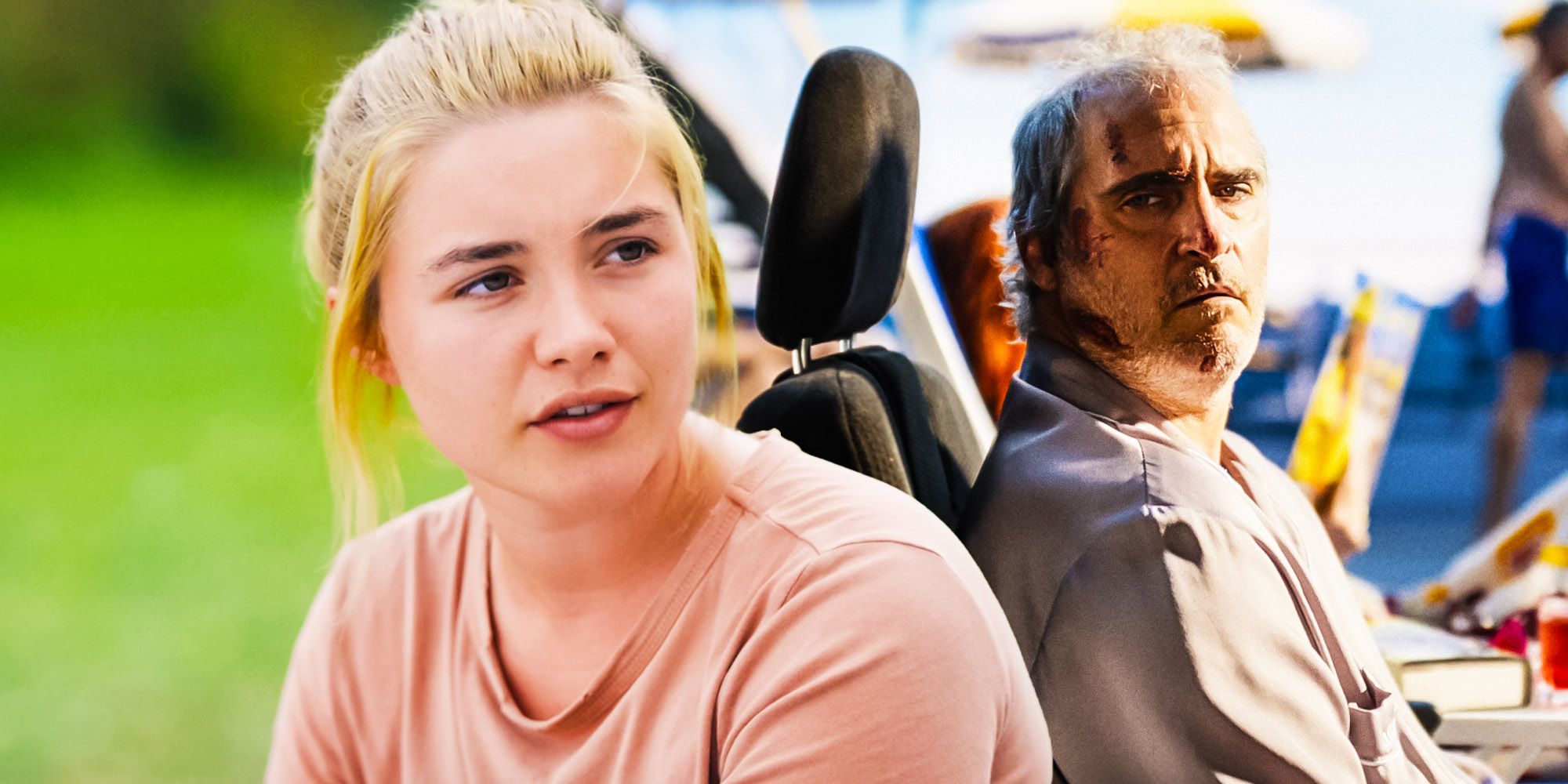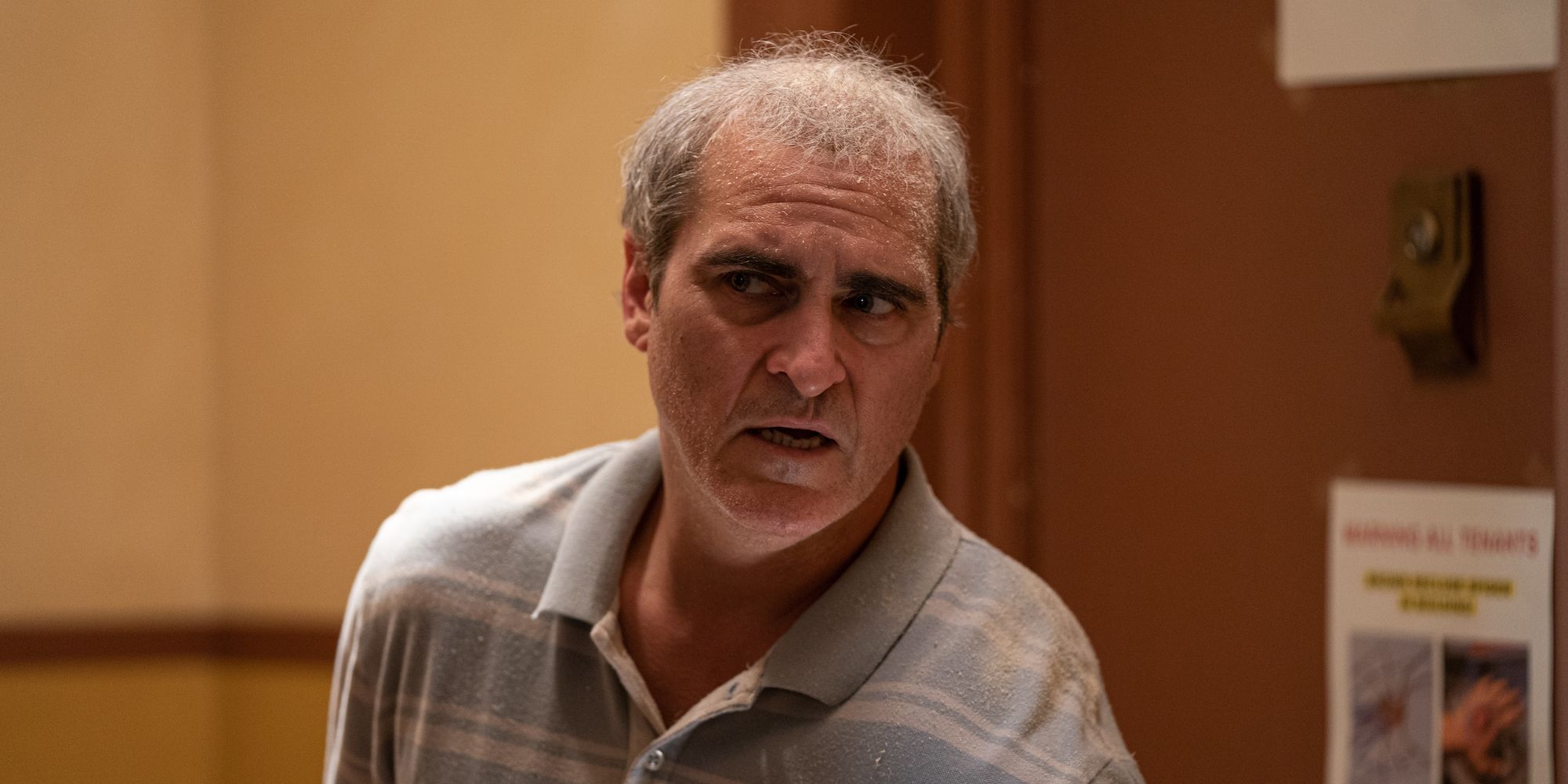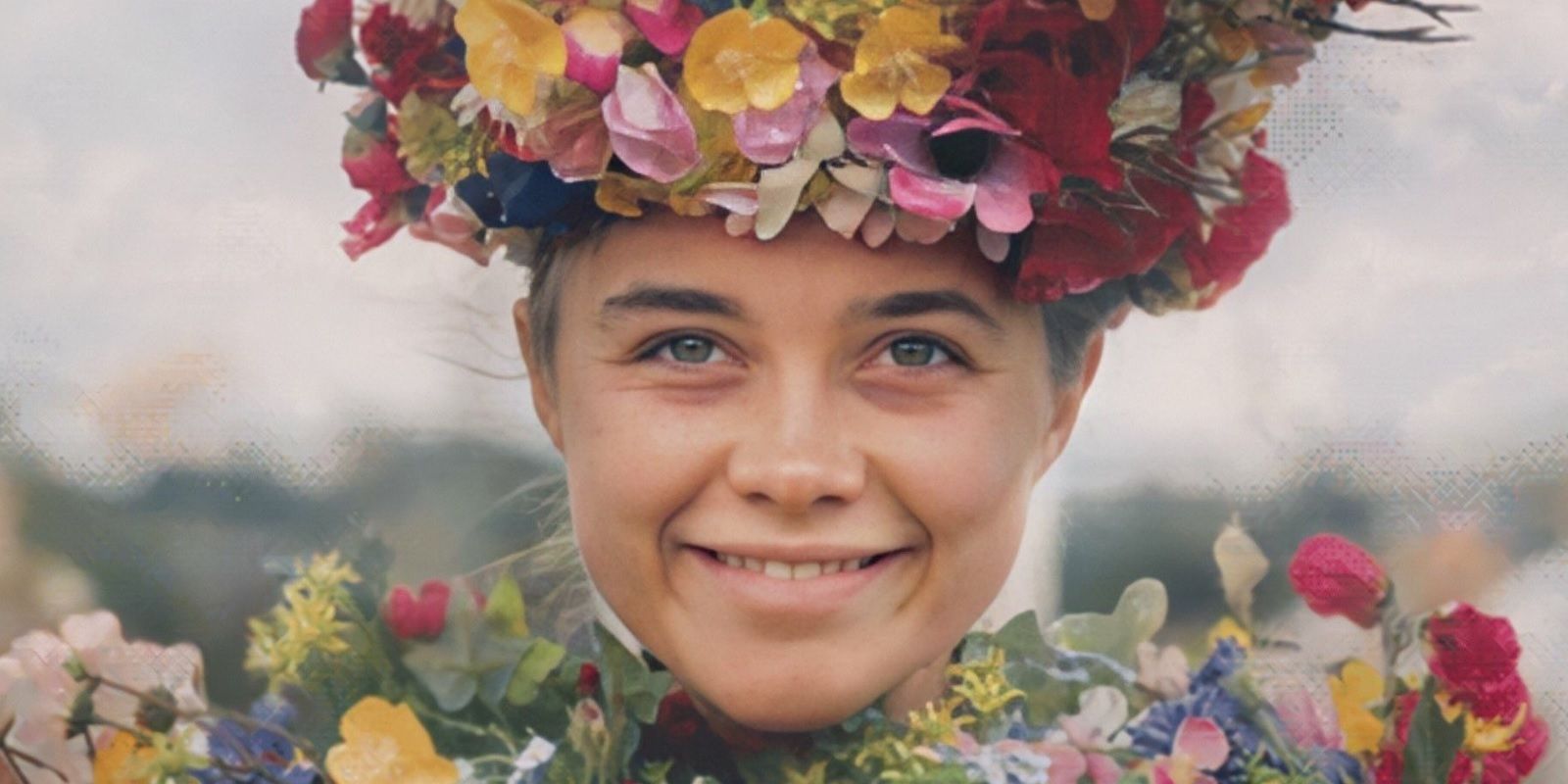Warning: This post contains spoilers for Beau is Afraid
Ari Aster is no stranger to huge story shockers, but Beau is Afraid proves the film’s twists are much wilder than Midsommar’s. There is a reason Aster’s films have remained in the cultural conversation, and Beau is Afraid takes things to the next level when it comes to the film’s narrative turns, which are as much of a surprise as they are confusing and intriguing.
Starring Florence Pugh, Midsommar stunned fans with its tension-building, horror, and story turns. Beau is Afraid may be less of a traditional horror film in the vein of Hereditary and Midsommar, but Aster is nonetheless committed to the unnerving elements that permeated both films. To that end, Beau is Afraid's ending has multiple plot twists and character deaths that are peculiar and unhinged. At three hours long, Aster doesn’t hold back when it comes to the film’s many astounding reveals. And if Midsommar proved anything, it’s not to underestimate Aster’s penchant for unsettling twists that alter story and character expectations.
Beau Is Afraid's Many Twists Are Way More Bizarre Than Midsommar
While Midsommar had its fair share of unsettling twists and disturbing revelations, Beau is Afraid’s twists are far wilder and more bizarre than its predecessor. For one, it’s unclear at some points what’s real and how much of the film’s events are happening in Beau’s mind. The revelation that Mona faked her own death to test her son’s love is a shocking twist on its own, but Aster doesn’t leave it at that, taking the story to the next level in terms of what follows. The film’s reveals are far weirder and unexpected than Midsommar’s, which escalated slowly but intensely.
Whereas Midsommar’s story surprises are largely external, Beau is Afraid’s twists are more surreal and personal in nature, as they’re deeply connected to Beau’s complicated relationship with his mother. The fact that Mona is such a toxic parent who allows her housekeeper to die in her place and Beau’s therapist to record their sessions are stunning twists on their own, but Beau is Afraid packs more of an audacious punch when it comes to its shockers precisely because they're so warped. They’re also confusing, off-kilter, and somewhat demented. The film’s twists work so well because of the amplification of Beau’s anxiety, which is more relatable than Midsommar’s festival and customs.
Beau Is Afraid Still Can't Beat Midsommar's Iconic Final Shot Twist
Beau is Afraid is anxious storytelling at its best, but it ultimately can’t best Midsommar’s final shot of Dani smiling despite its weird and disorienting story twists. Dani takes joy in watching Christian sacrificed and burned. Her horror-turned-satisfaction showcases the harrowing emotional journey she went on throughout the film. The shot of Dani watching the temple as it’s destroyed, slowly turning up her lips in a smile is not only iconic, but completely twisted. It’s a testament to the story’s buildup and Dani’s own mental state at the time.
Beau is Afraid’s final shot is quiet and less thrilling by comparison, with Beau’s whole body submerged in water while the audience listens to his struggles for air before the sounds cease. It’s no less startling, but it is less evocative. To that end, Beau is Afraid’s ending is more ambiguous than Midsommar’s finale. It leaves audiences hanging, waiting for something that won’t happen, whereas Dani smiling at the burning temple is deeply disconcerting. It’s a final shot that remains burned in one’s memory, rattling nerves. That isn’t to say that Beau is Afraid’s final shot isn’t good, but it doesn’t have the same chilling effect that Dani’s smile does.



